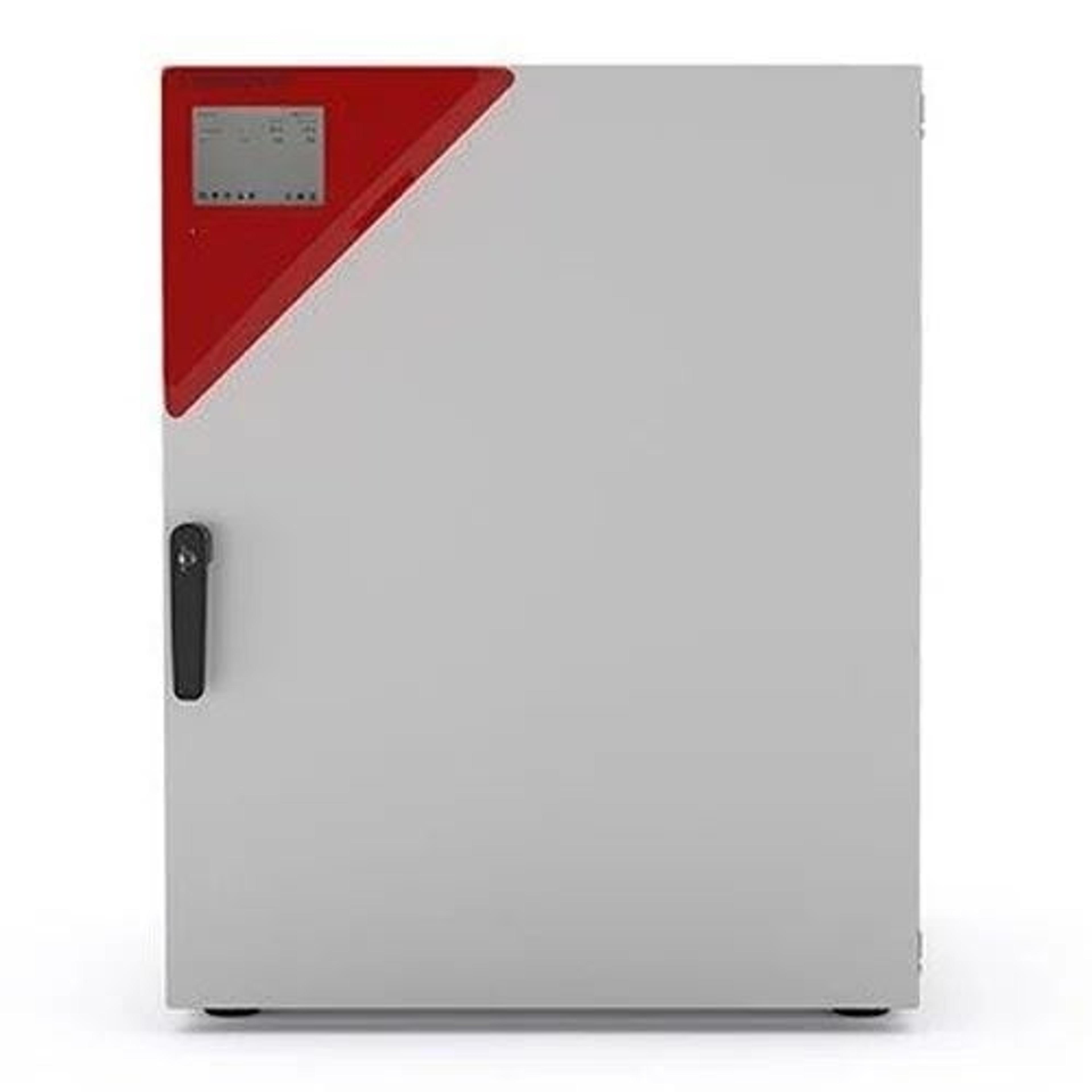NASA Preps Shuttle Experiments Utilizing BINDER CO2 Incubators for Studies of Astronaut Cell Health During Space Travel
10 May 2010During the space shuttle Discovery flight that returned to earth in April, two experiments were conducted that were part of an overall series of studies designed to determine how cells become infected and are able to regenerate in microgravity. A better understanding of exactly how spaceflight affects cell growth and how cells fight off infections is essential for future astronauts on long-term missions, who will need to understand how wounds heal and cells become infected in space.
The Space Tissue Loss (STL) experiments on STS-131 included a study of how mouse stem cells develop into specialized tissue types, or "differentiate" in space. A second STS-131 biology experiment investigated in-flight infection of human cells using pathogenic bacteria, and will characterize the effect of microgravity on cellular responses to the Salmonella infection. BINDER Inc., the North American subsidiary of BINDER GmbH, loaned two CB 150 CO2 incubators to the team conducting the studies.
The incubators were used for the pre-warming, degassing, and maintenance of the flight and ground control fluid bags that were filled with tissue culture medium and fixatives. This storage was critical to the success of the mission, as pH maintenance was required for the medium that would be used for flight. Pre-warmed medium was needed because the medium would be immediately flowed over the cells in the bioreactors, and degassing was needed to eliminate air bubbles that could block fluid movement in the lines. “The incubators performed flawlessly,” said Kevin Sato, STL Project Scientist of Lockheed Martin at NASA's Ames Research Center who worked with the scientific investigators on this payload. “We easily set up the BINDER incubators and saved time using the automated, internal heat sterilization process instead of performing manual cleaning and sterilization.
A microbial test after the sterilization process detected no bacterial or fungal growth in the incubators.” The characteristics that made BINDER CB 150 incubators perform so well make them ideal for use in a variety of cell culture applications. These features, including hot air sterilization at 180 °C, stable pH thanks to a drift-free infrared CO2 measurement system, superior temperature precision with excellent dynamics, and an interior that is condensation-free even at high humidity levels, ensure the best possible cell growth. “The space program has made great technological advances and has drawn both ourselves and our children to the exciting world of science,” said Uwe Ross, president of BINDER Inc. “We are thrilled to have our incubators at the Kennedy Space Center, and are very proud of their performance in experiments that are so important to the future of space travel.

